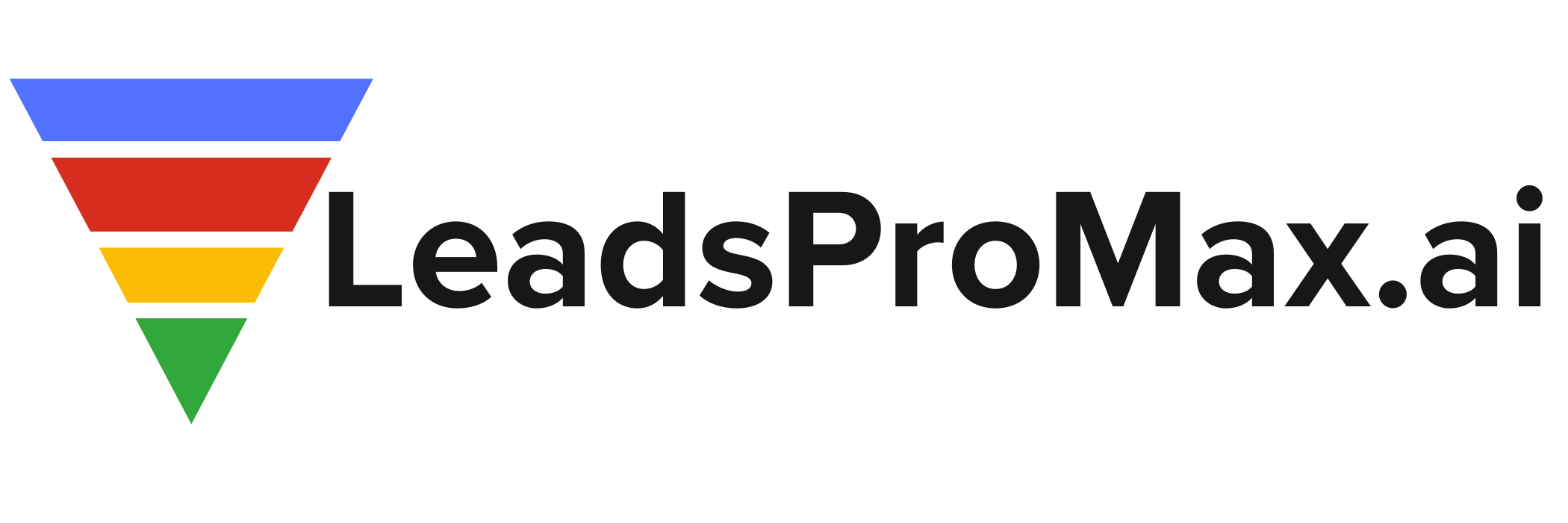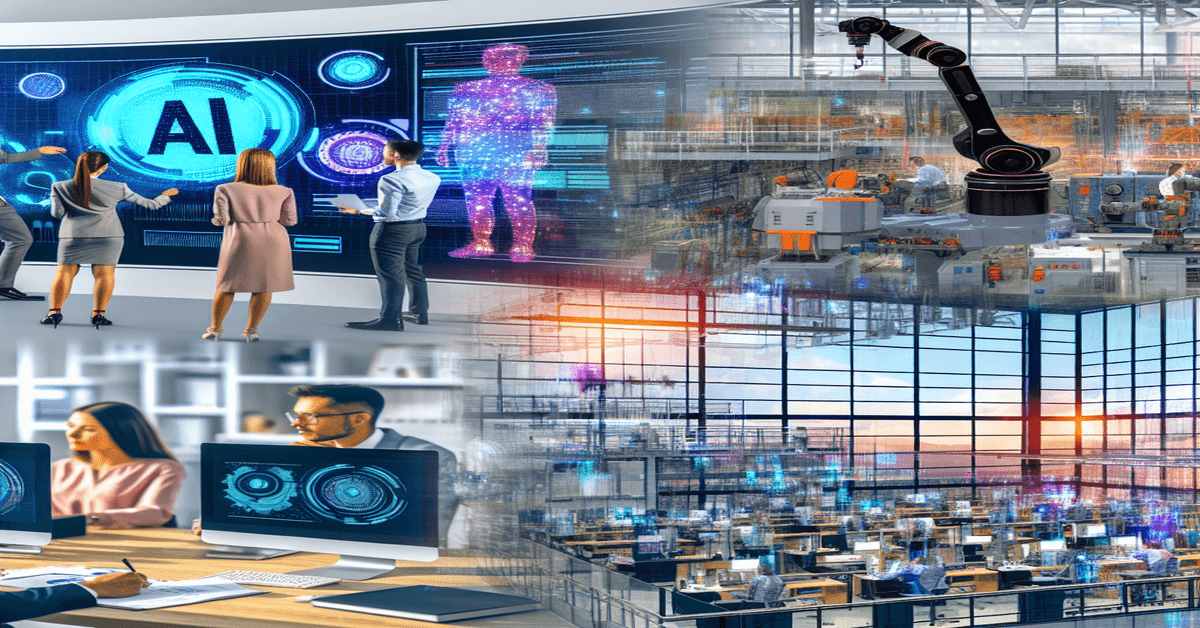AI Innovations Revolutionizing Industry Workflows: Boosting Efficiency and Decision-Making
In today’s fast-paced business landscape, artificial intelligence (AI) is emerging as a game-changer, transforming industrial and business workflows across various sectors. As AI technologies continue to evolve, they are reshaping operational paradigms, driving efficiency, and enabling smarter decision-making. In this blog post, we’ll explore how AI innovations are revolutionizing workflows and discuss the implications for businesses looking to stay ahead of the curve.
The Rise of AI-Driven Decision Intelligence
Gone are the days when AI was limited to automating simple, repetitive tasks. Today, AI is evolving to enable complex decision-making through advanced technologies such as **predictive analytics**, **natural language processing**, and **machine learning**. By leveraging vast amounts of data and sophisticated algorithms, AI-driven decision intelligence empowers businesses to make faster, more accurate, and proactive operational decisions[3].
Imagine a manufacturing company that can predict equipment failures before they occur, allowing for proactive maintenance and minimizing downtime. Or a retail business that can anticipate customer demand and optimize inventory management in real-time. These are just a few examples of how AI-driven decision intelligence is transforming workflows and improving overall responsiveness and agility.
Hyperautomation and Integrated Ecosystems
Another significant trend in AI workflow automation is the rise of **hyperautomation**. By combining robotic process automation (RPA), AI, machine learning, and analytics, hyperautomation takes automation to the next level, enabling the automation of entire workflows end-to-end rather than isolated tasks[3].
Businesses are increasingly integrating multiple systems, such as customer relationship management (CRM) and enterprise resource planning (ERP), into seamless automated processes. This integration reduces manual intervention, errors, and operational inconsistencies while boosting productivity and competitive advantage.
For example, a financial institution can automate the entire loan approval process, from application submission to credit assessment and decision-making, by integrating AI-powered systems across departments. This not only streamlines the workflow but also improves the customer experience and reduces turnaround times.
The Benefits of Workflow Automation
Implementing AI workflow automation offers a multitude of benefits for businesses. By streamlining processes and reducing manual effort, AI automation minimizes human error and enables faster and smarter operations. It frees employees from mundane tasks, allowing them to focus on strategic initiatives that drive business growth[5].
Some common applications of AI workflow automation include:
– **Data processing**: Automating data entry, validation, and analysis tasks
– **Document approvals**: Streamlining document workflows, such as contract approvals or expense reports
– **Customer interactions**: Automating customer support, chatbots, and personalized recommendations
– **Multi-department workflows**: Integrating processes across sales, finance, HR, and other departments
By automating these workflows, businesses can achieve significant time and cost savings, improve efficiency, and enhance overall operational performance.
Adopting AI Workflow Automation: Best Practices and Challenges
As enterprises recognize the potential of AI workflow automation, adoption rates are rapidly increasing. However, successfully implementing AI-powered workflows requires careful consideration and planning.
To maximize the benefits of AI workflow automation, businesses should:
1. Identify high-impact processes that can benefit from automation
2. Assess the readiness of their data and systems for AI integration
3. Engage stakeholders across departments to ensure alignment and buy-in
4. Start with pilot projects and iterate based on feedback and results
5. Continuously monitor and optimize automated workflows to drive continuous improvement[1]
While the benefits of AI workflow automation are clear, businesses must also be aware of potential challenges. These include data quality issues, integration complexities, and the need for skilled talent to implement and maintain AI systems. Addressing these challenges requires a strategic approach and investment in the right technologies, talent, and change management practices.
The Future of AI in Industry Workflows
As AI technologies continue to advance, the potential for transforming industry workflows is immense. By 2025 and beyond, we can expect to see even more sophisticated AI applications that enable truly intelligent and self-optimizing workflows[5].
Imagine a future where AI-powered systems can autonomously adapt to changing business needs, continuously learn from data, and make real-time decisions with minimal human intervention. This future is not far off, and businesses that embrace AI workflow automation today will be well-positioned to reap the benefits and stay ahead of the competition.
Conclusion
AI innovations are revolutionizing industry workflows, driving efficiency, enhancing decision-making, and enabling businesses to operate faster, smarter, and more competitively. By leveraging AI-driven decision intelligence, hyperautomation, and integrated ecosystems, businesses can streamline processes, reduce errors, and free employees to focus on high-value tasks.
As you embark on your AI workflow automation journey, remember to start with a clear strategy, engage stakeholders, and continuously iterate and optimize your workflows. By doing so, you’ll be well on your way to unlocking the full potential of AI and driving business growth in the digital age.
#AIWorkflowAutomation #IndustryTransformation #SmartDecisionMaking
Are you ready to transform your industry workflows with AI? Share your thoughts and experiences in the comments below, and don’t forget to like and share this post with your network.
-> Original article and inspiration provided by ReviewAgent.aiMarc Berman
-> Connect with one of our AI Strategists today at ReviewAgent.ai


